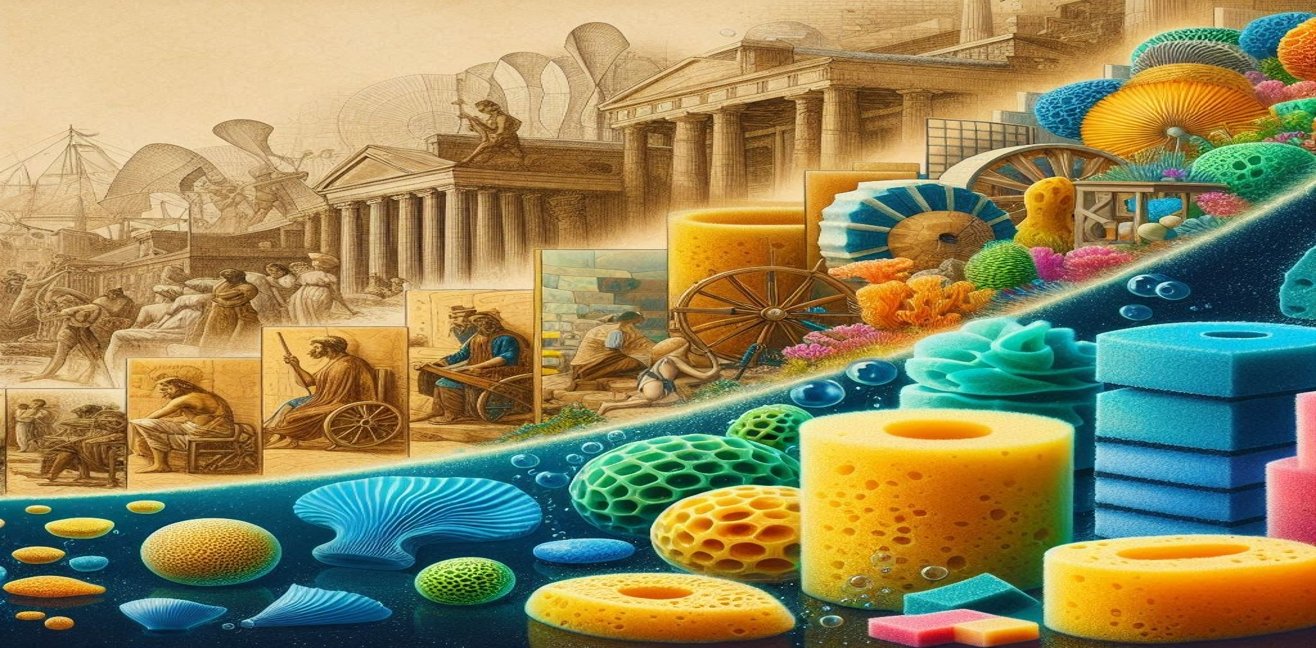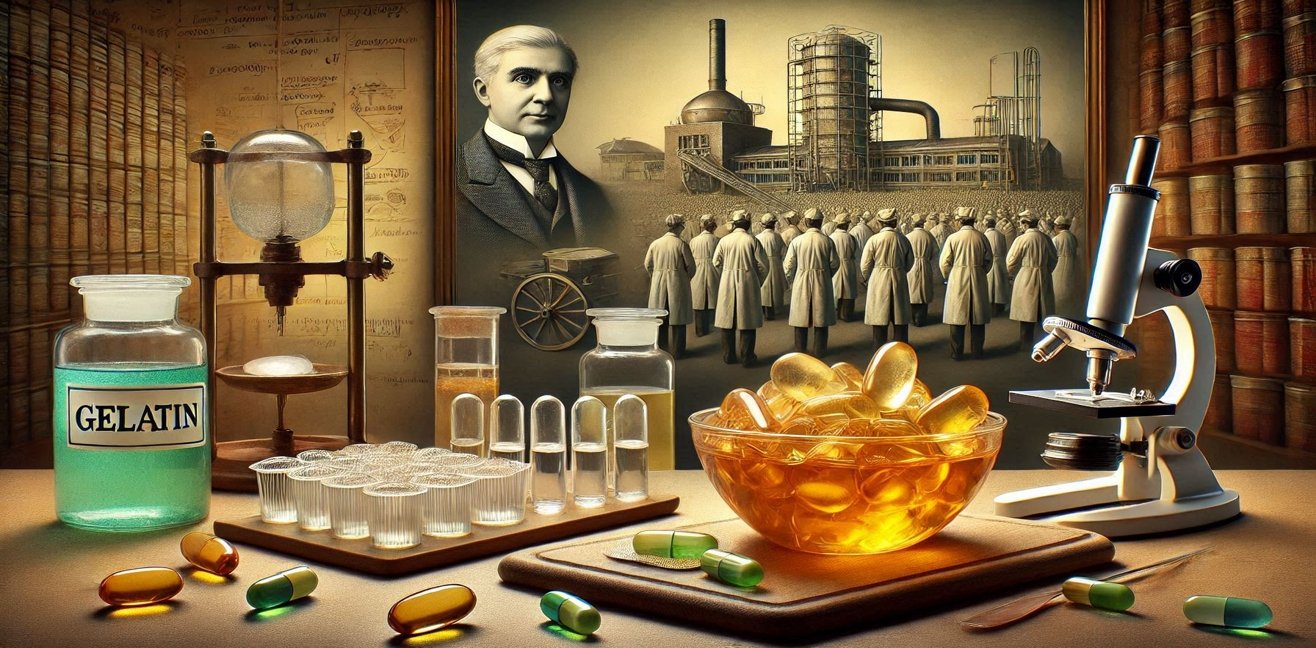Sponges are an essential part of our daily cleaning routines. However, the history and development of these simple yet effective tools are quite fascinating. The invention of sponges and the development of modern sponges have revolutionized our understanding of cleaning and hygiene.
Ancient Use of Sponges
The use of sponges dates back to ancient times. Natural sea sponges were commonly used during the Ancient Greek and Roman periods. These sponges are the skeletal remains of marine organisms that live on the ocean floor, known for their ability to absorb water. The Ancient Greeks and Romans used sea sponges for bathing, cleaning, and even for medical purposes.
Characteristics of Sea Sponges
- Absorbency: Sea sponges had a high absorbency capacity, making them highly effective for cleaning tasks.
- Softness: Due to their natural structure, sea sponges were soft and could be used on delicate surfaces without causing damage.
The Invention of Modern Sponges
The collection of sea sponges from nature raised environmental concerns and issues of sustainability. In the early 20th century, scientists and engineers began working to address these problems. In the 1930s, the first synthetic sponges were developed, marking a revolution in the world of cleaning.
The Development of Synthetic Sponges
- Material: The first synthetic sponges were made from cellulose, a biodegradable material sourced from nature.
- Manufacturing Process: The production of synthetic sponges involved mimicking the structure of natural sponges. Cellulose was chemically processed into a foamy structure, which was then shaped into sponges.
- Advantages: Synthetic sponges were cheaper, more durable, and more hygienic than natural sponges. They could also be produced in a variety of colors and shapes.
Evolution of Sponges
- Foam Sponges: In the 1950s, polyurethane foam sponges were developed. These sponges were more durable and flexible, and they began to be widely used for kitchen, bathroom, and general cleaning tasks.
- Antibacterial Sponges: In the 21st century, sponges with antibacterial properties were developed. These sponges contained special substances that prevented the growth of germs and bacteria, providing a more hygienic cleaning solution.
Uses of Sponges
Today, sponges have a wide range of applications in both household and industrial settings. They are used in various fields beyond cleaning as well.
- Cleaning
- Kitchen: Dish sponges are commonly used for cleaning kitchen countertops and sinks.
- Bathroom: Bath sponges are effective for body cleansing and cleaning bath surfaces.
- General Cleaning: Multipurpose sponges are used for cleaning a variety of surfaces.
- Other Uses
- Construction and Industry: Sponges are used in paint and varnish applications, as well as in packaging and cushioning materials.
- Medical: Surgical sponges are used during surgeries and for wound care.
- Arts and Crafts: Sponges are used for creative purposes in painting and printing
Conclusion
The invention and development of sponges have created a significant revolution in the field of cleaning and hygiene. From ancient sea sponges to synthetic sponges that replaced them, this process has shaped our modern cleaning habits. Despite their simple appearance, sponges are indispensable tools that make our daily lives easier and help maintain our hygiene.




